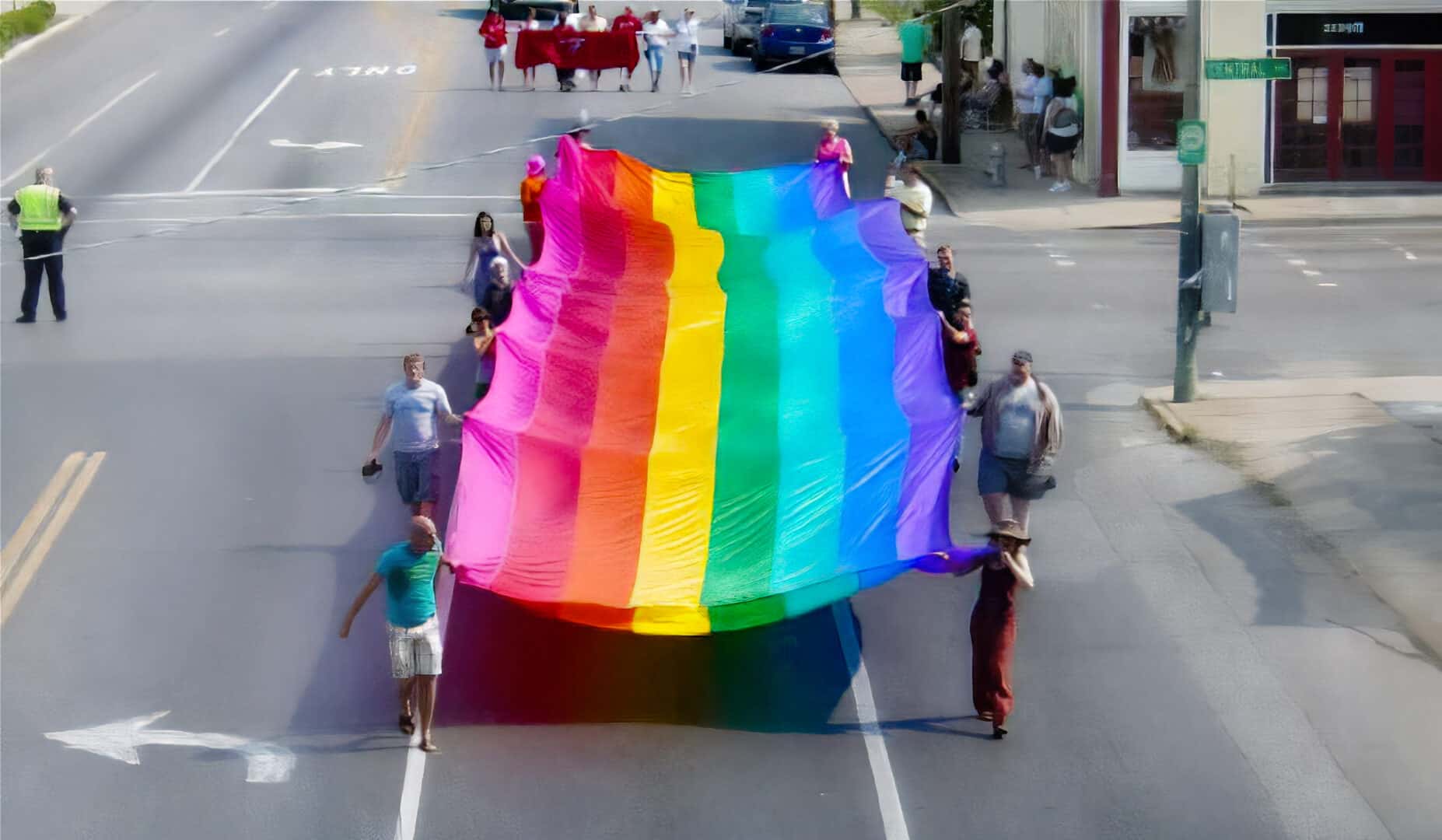A storm was brewing in 2005, and it wasn’t just the ominous skies that loomed over Memphis Pride that year. The fight for LGBTQ+ rights—particularly same-sex marriage—had reached a new boiling point, and Pride in Memphis became more than a celebration. It was a statement of resistance.
The 30th Annual Memphis Pride, held on June 18, carried the theme “Liberty and Justice for All,” but those words rang hollow in much of Tennessee. Just months earlier, the Tennessee General Assembly advanced a constitutional amendment to explicitly ban same-sex marriage. LGBTQ+ couples had long been denied legal recognition, but now, the state was moving to permanently block any future efforts for equality. Across the country, conservative lawmakers pushed similar measures in response to a growing national movement for marriage rights, fueled in part by Massachusetts’ landmark 2004 decision to legalize same-sex marriage—the first state in the nation to do so.
The American Civil Liberties Union (ACLU) attempted to intervene, filing a lawsuit against Tennessee’s amendment, arguing that the ballot measure was procedurally flawed. However, their challenge was ultimately unsuccessful, and by November 2006, Tennessee voters passed Amendment 1, banning same-sex marriage by an overwhelming majority. This legal roadblock would stand for another decade, until the U.S. Supreme Court’s Obergefell v. Hodges ruling in 2015 overturned all such bans nationwide.
Against this backdrop, Memphis Pride in 2005 became a symbol of defiance. The Sea-to-Sea Rainbow Flag made its first full-scale appearance, stretching 100 feet through the streets, reminding the city that LGBTQ+ people were part of a national movement for justice. The parade route, running from Peabody Park to First Congregational Church, reflected the deep ties between activism and faith, especially with Grand Marshal Rev. Jean Rowe leading the way. As a faith leader and LGBTQ+ ally, Rowe’s presence sent a powerful message against religious-based discrimination.
Participation surged, with over 1,300 attendees marching for equality. Groups like PFLAG Memphis, Memphis Area Gay Youth (MAGY), Backstreet Memphis, and the Nike GLBT and Friends Network stood together, along with the Mystic Krewe of Pegasus, whose signature Mardi Gras energy infused the day with celebration. The event mixed joy and activism, as marchers celebrated their identities while making it clear that they would not be erased.
Pride in 2005 was not just a party—it was a stand against oppression. As the Tennessee legislature worked to lock LGBTQ+ people out of marriage rights, Memphis’s LGBTQ+ community stepped into the streets, raising their voices in protest, waving the Sea-to-Sea Flag, and demanding a future that Tennessee was trying to deny them. Though the battle for marriage equality would take another decade to win, Pride that year made one thing clear: the fight was far from over.
